Ransomware Attacks: Don’t Pay the Cybercriminals
Last Updated on April 16, 2024
Don't Pay the Ransom: How to Outsmart Cybercriminals and Protect Your Data
Ransomware attacks are a nightmare for businesses of all sizes. These cybercriminals encrypt your vital company data, threatening to destroy it unless you pay a hefty ransom. Recently, these attacks have become more frequent, sophisticated, and costly. The average ransom demand skyrocketed in 2023, and paying the ransom doesn't even guarantee you'll get your data back.
Many businesses feel helpless, believing that paying the ransom is the only way to recover their files. But that's just what cybercriminals want you to think. In this blog post, we'll discuss strategies for protecting your business from ransomware attacks and avoiding bowing down to digital extortionists.
| Key Takeaway | Action Steps |
|---|---|
| Backups are your lifeline. | Implement the 3-2-1 backup rule. Use cloud backups with immutability. Test restores regularly. |
| Cybercriminals target backups. | Assume your backups will be attacked. Secure with MFA, and keep offline copies. |
| Prevention is critical. | Invest in security tools, robust backups, and employee security awareness training. |
| Early detection can save you. | Monitor your systems for suspicious activity and have a well-defined incident response plan. |
| Don't automatically pay the ransom. | Consider all options carefully. Involve law enforcement, and research potential decryption tools. |
Table of Contents
The Dire Consequences of Compromised Backups
Backups – Your Last Line of Defense
Data backups are your lifeline in a ransomware attack. They allow you to restore your systems and files without giving in to the criminals' demands—think of them as your digital insurance policy. However, modern ransomware attackers are cunning. They know businesses rely heavily on backups, so they deliberately target and sabotage them to maximize their leverage.
Ransomware's Primary Target
Don't be fooled into thinking your backups are safe because they're on a separate system or in the cloud. Ransomware gangs are relentless; they have tools to search your network, locate backups, and encrypt them before launching the main attack. Shockingly, a recent report from Sophos revealed that 94% of businesses hit by ransomware also had their backups compromised. Like energy and education, certain industries are even more vulnerable to these backup attacks.
Ransomware Outcomes: Impact of Compromised Backups
| Category | Statistic |
|---|---|
| Attempted Backup Compromise | 94% overall; 99% in state/local government and media, leisure, entertainment |
| Success Rate of Backup Compromise | 57% overall; Highest in energy, oil/gas (79%), lowest in IT, tech (30%) |
| Impact on Ransom Demand (Median) | $2.3M (backups compromised) vs. $1M (backups not compromised) |
| Impact on Ransom Payment Rate | 67% (backups compromised) vs. 36% (backups not compromised) |
| Impact on Ransom Payment Amount (Median) | $2M (backups compromised) vs. $1.062M (backups not compromised) |
| Data Encryption Rate | 85% (backups compromised) vs. 52% (backups not compromised) |
| Median Recovery Costs | $3M (backups compromised) vs. $375K (backups not compromised) |
| Recovery Within One Week | 26% (backups compromised) vs. 46% (backups not compromised) |
For more detailed information and insights, you can view the full report on Sophos News.
The Price of Failure
When your backups are compromised, the stakes become exponentially higher. Companies with unusable backups see ransom demands double on average and are far more likely to cave to the pressure. The total cost of recovery skyrockets, impacting not only the ransom payment itself but also extended downtime, system repairs, and potential reputation damage.
Proactive Prevention is Key
The best way to avoid the devastating consequences of ransomware is to prevent an attack from succeeding. This requires a multi-layered approach focused on fortifying backups, staying vigilant, and educating employees.
Robust Backup Strategies
A robust backup strategy is the foundation of ransomware resilience. The classic 3-2-1 rule is a great starting point:
3 copies of your data: Always have at least three copies to ensure redundancy.
2 different storage media: Use a mix of hard drives, cloud storage, and offline tapes.
1 offsite/offline copy: Keep one backup geographically separated and disconnected from your network for maximum protection.
Beyond the 3-2-1 rule, consider using cloud-based backup solutions with immutability features. This prevents anyone, even a rogue administrator, from deleting or encrypting those backups.
Multi-factor authentication (MFA)
Multi-factor authentication (MFA) adds an extra layer of security for your most sensitive accounts, including your backup systems. MFA requires you to provide another form of verification beyond a password, such as a code sent to your phone or a fingerprint scan. This makes it much harder for hackers to compromise your backups, even if they steal passwords.
Regular Backup Testing
Untested backups are a liability. You must regularly test your ability to restore data from your backups to ensure they work correctly. Imagine the horror of discovering your backups are corrupt only when you desperately need them during a ransomware attack! Schedule regular test restores as part of your standard IT operations.
Early Detection and Response
Monitoring and Anomaly Detection
Invest in security tools that monitor your systems for suspicious activity. Look for unusual file activity, spikes in network traffic, or attempts to access your backups outside of normal hours. Don't ignore alerts – investigate promptly, as they could be early signs of trouble.
Incident Response Planning
Having a well-defined incident response plan is essential. This plan should outline clear steps to take in the event of a ransomware attack, including:
- Isolating infected systems to prevent the spread
- Assessing the extent of the damage
- Initiating recovery from backups
- Determining whether to involve law enforcement
Practice your incident response plan regularly so your team knows their roles and responsibilities when it comes.
Employee Awareness
Your employees are your first line of defense against ransomware. Many attacks start with phishing emails or malicious links. Train your employees to recognize suspicious emails, avoid clicking on unknown links, and report any potential threats immediately. Regular security awareness training is an investment in your business's safety.
When Ransomware Strikes – Consider These Options
Even with the best prevention, the risk of a ransomware attack can't be entirely eliminated. If you find yourself in this unfortunate situation, it's important to remain calm and assess your options carefully.
Law Enforcement Involvement
Report the ransomware attack to the FBI's Internet Crime Complaint Center (IC3) https://www.ic3.gov/ or your local law enforcement authorities. While law enforcement may be unable to decrypt your files directly, they can track criminal groups and sometimes disrupt their operations. Reporting also helps build a broader picture of cybercrime trends.
Specialized Decryption Tools
There are resources available online that may help you decrypt your files without paying the ransom. The No More Ransom project is a collaboration between law enforcement agencies and cybersecurity companies, offering free decryption tools for certain types of ransomware.
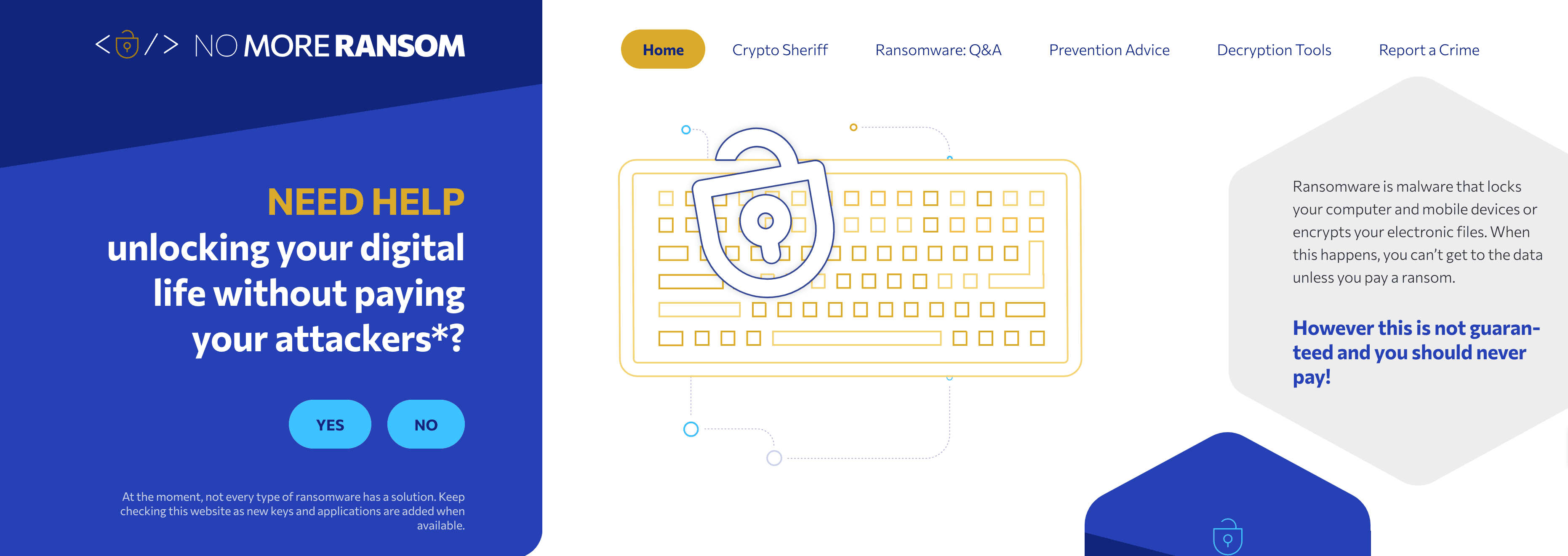
Negotiating With Attackers
While engaging with cybercriminals should be a last resort, negotiation is sometimes a necessary step. This carries significant risks: there's no guarantee you'll get your data back even after paying, and you may fund further attacks. If you decide to negotiate, it's advisable to involve a specialized cybersecurity firm experienced in ransomware negotiations.
Conclusion
Ransomware is a formidable threat that can cripple businesses and cost a fortune. However, bowing to cybercriminals' demands is not the only option. Proactive prevention, early detection, and a carefully considered response plan can significantly improve your chances of successfully combating a ransomware attack.
Remember, a robust backup strategy is the cornerstone of your defenses. Invest in secure backups and test them regularly. Remain vigilant by monitoring your systems and educating your employees about cybersecurity best practices. With preparation and awareness, you can reduce the likelihood of a devastating ransomware attack and minimize the damage if one does occur.
Share this article to help raise awareness about ransomware risks and defense strategies. Together, we can create a safer digital environment for businesses.
Additional Resources
FBI Internet Crime Complaint Center (IC3): https://www.ic3.gov/
No More Ransom Project: https://www.nomoreransom.org/
CISA Ransomware Guidance: https://www.cisa.gov/stopransomware/
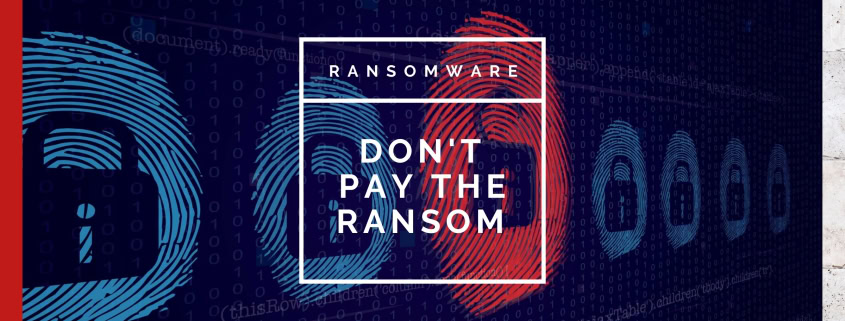

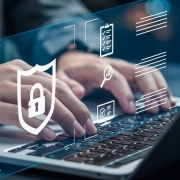

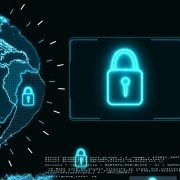

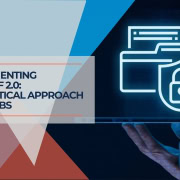

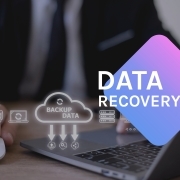


Leave a Reply
Want to join the discussion?Feel free to contribute!